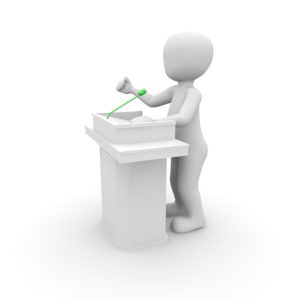 Carla Thompson generated a lot of discussion when she spoke to us about owning the room and not letting the fear of public speaking hold us back from . . . you got it—speaking in public.
Carla Thompson generated a lot of discussion when she spoke to us about owning the room and not letting the fear of public speaking hold us back from . . . you got it—speaking in public.
She shared 9 tricks and tips that can definitely help someone own the room as a presenter, and as a result, be a better, well-prepared public speaker.
It’s not enough just to know the words you are going to speak by heart. (Well, maybe memorization will help if all you have to do is speak from a lectern.) But what if, for example, you were told there is no lectern for you to hide behind? Do you know what you’ll do once you get to the room, knowing there won’t be the one piece of furniture/prop that you hoped there would be?
Carla’s Tip #3: Own the Space
Own the space means that you need to know, ahead of time:
- The layout of the space
- The lighting in the space
- The audio/visual equipment that will be used
- The acoustics of the space
If there’s no lectern, check to see if there’s a table for you to place your notes. If you like to move around while speaking, is there enough space in the room for you to do that, or will you have to watch where you step?
If you know whether the room lighting is bright or on the dark side, you’ll know whether you need a dark or light background on your PowerPoint slides.
If you’re using an unfamiliar laptop or a laptop for the first time, do you know how to show only your slides to your audience and be able to see your speaker notes on the laptop? Do you know how to use the remote to advance your slides?
Will you need a microphone, or is the room small enough for your voice to be heard?
Owning the space means you control your presence during your presentation.
So the next time you find yourself having to speak in front of a group, make sure you have a handle on the space that you’re going to be using during your presentation. If you’re comfortable in the space, it will help you be more comfortable speaking in front of others.
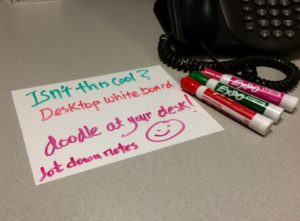 Have you seen them? You can peel and stick a dry erase white board just about anywhere. At EDSymposium17 in Minneapolis, one of the vendors was Business Essentials, provider of office supplies. We walked away with a sample of the sticky-back white board. What an awesome thing to have handy at your desk (you know, when you don’t have your own office that comes with its own white board).
Have you seen them? You can peel and stick a dry erase white board just about anywhere. At EDSymposium17 in Minneapolis, one of the vendors was Business Essentials, provider of office supplies. We walked away with a sample of the sticky-back white board. What an awesome thing to have handy at your desk (you know, when you don’t have your own office that comes with its own white board).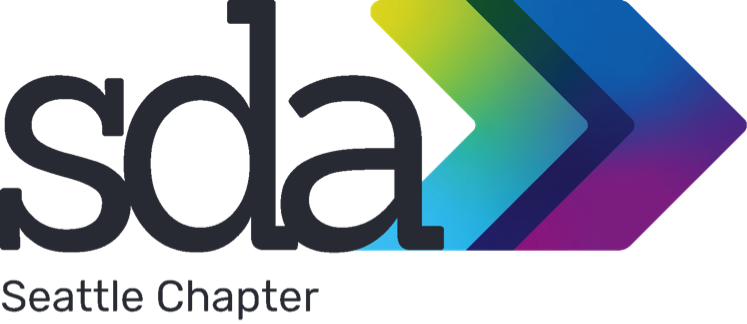

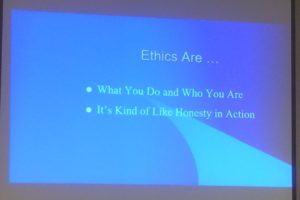
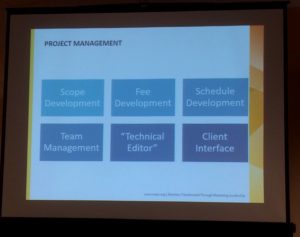
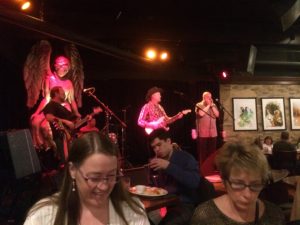
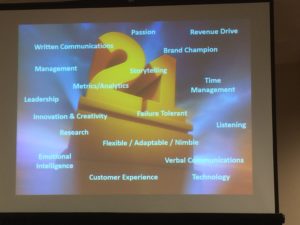
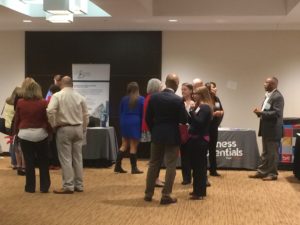
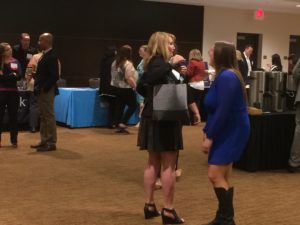
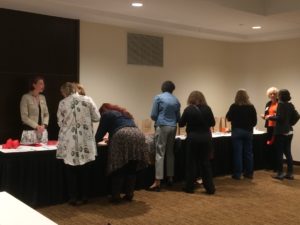
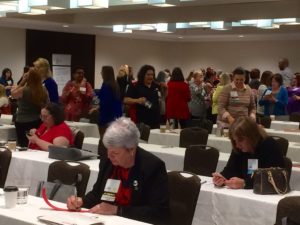
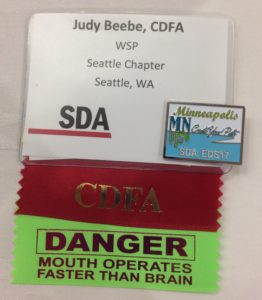
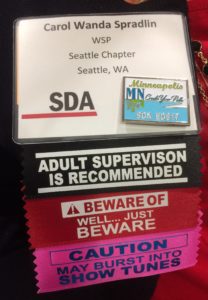
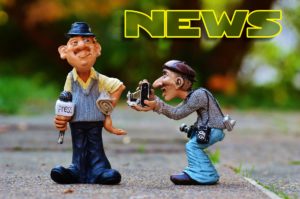 make sure you print, proofread, edit, then repeat.
make sure you print, proofread, edit, then repeat. If you’re in the habit of wanting hugs from your coworkers, or you know someone who is an office-hugger, you should read an article written by
If you’re in the habit of wanting hugs from your coworkers, or you know someone who is an office-hugger, you should read an article written by  Carla Thompson
Carla Thompson
 Contractor: A gambler who never gets to shuffle, cut or deal.
Contractor: A gambler who never gets to shuffle, cut or deal.

You must be logged in to post a comment.